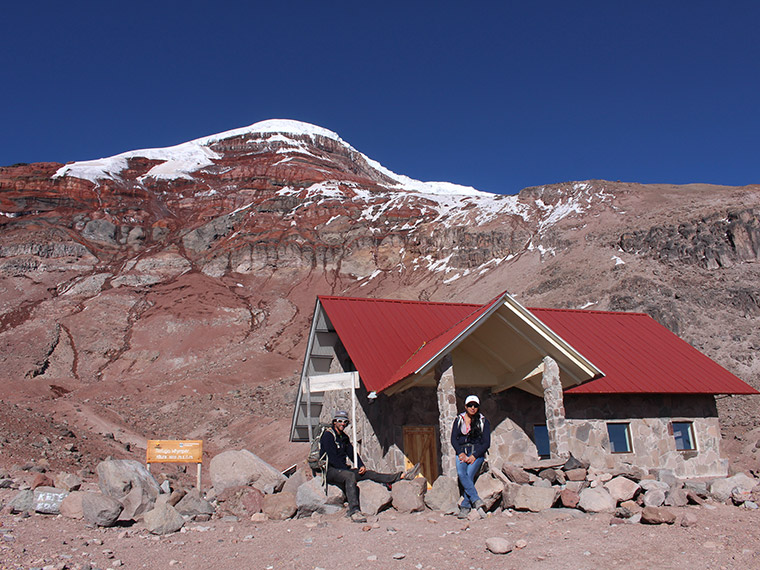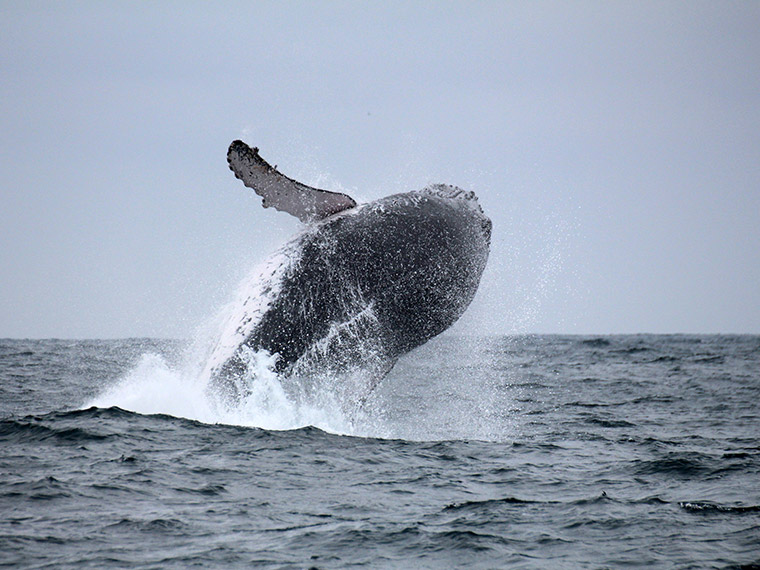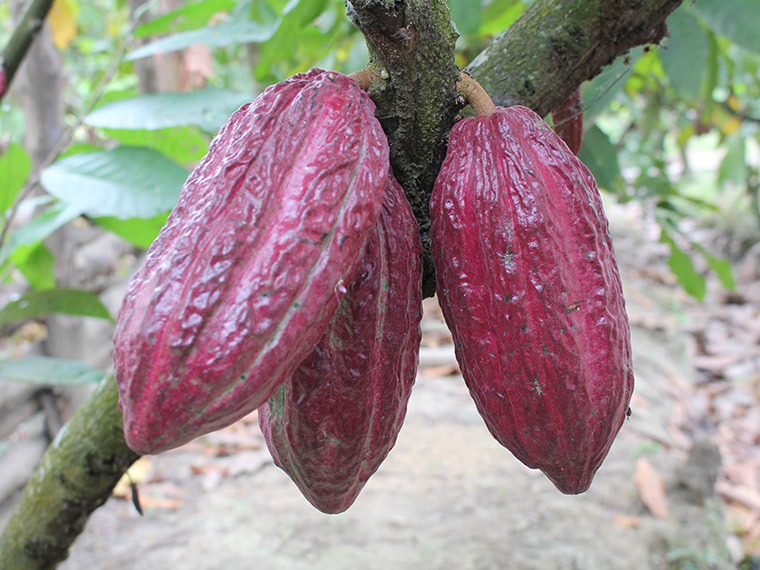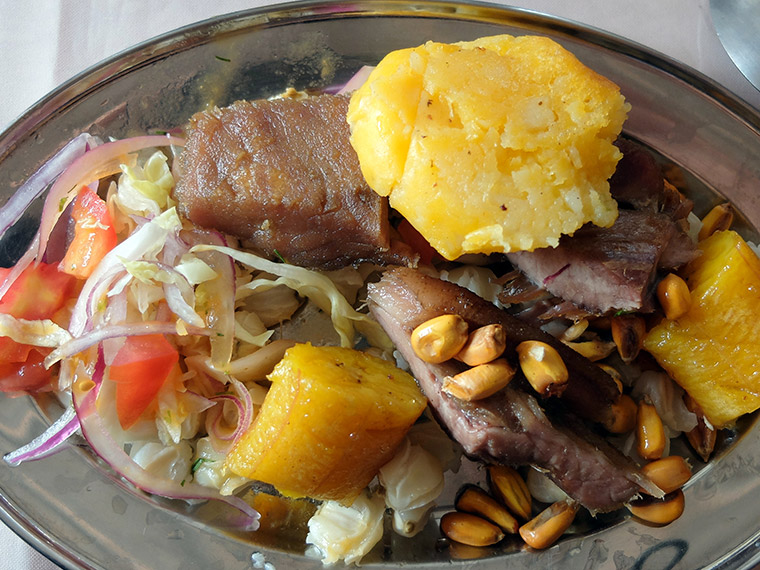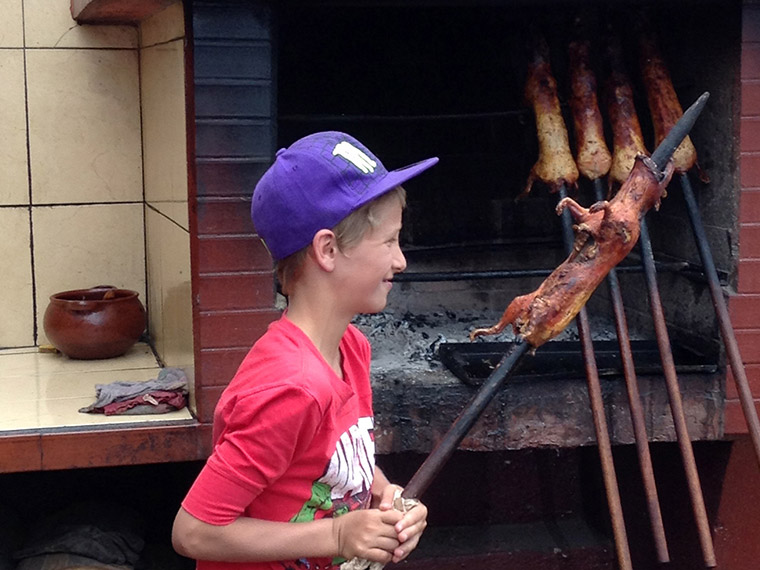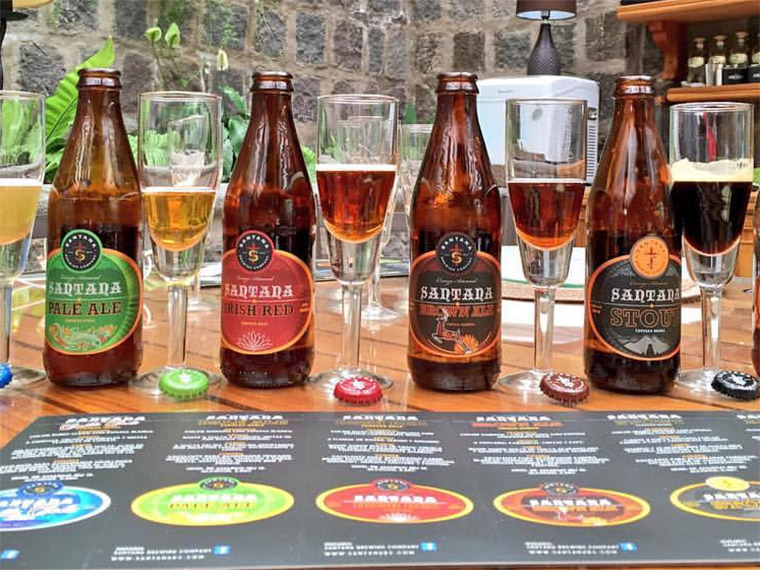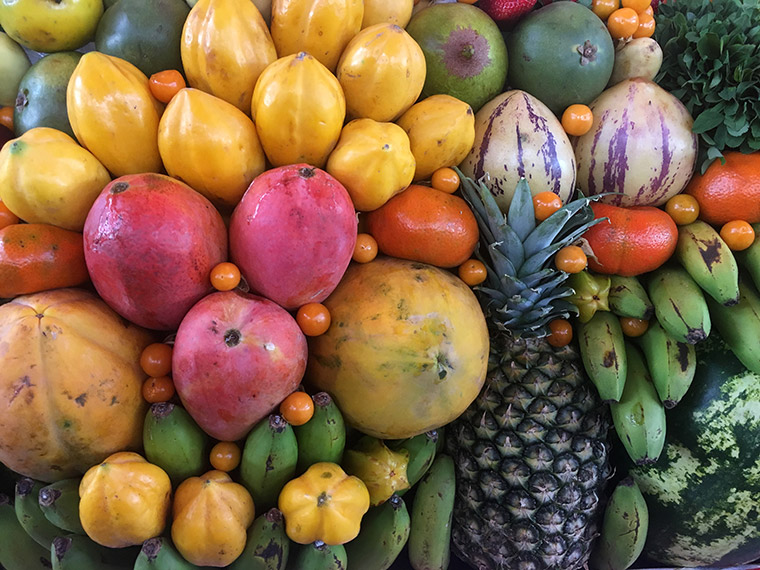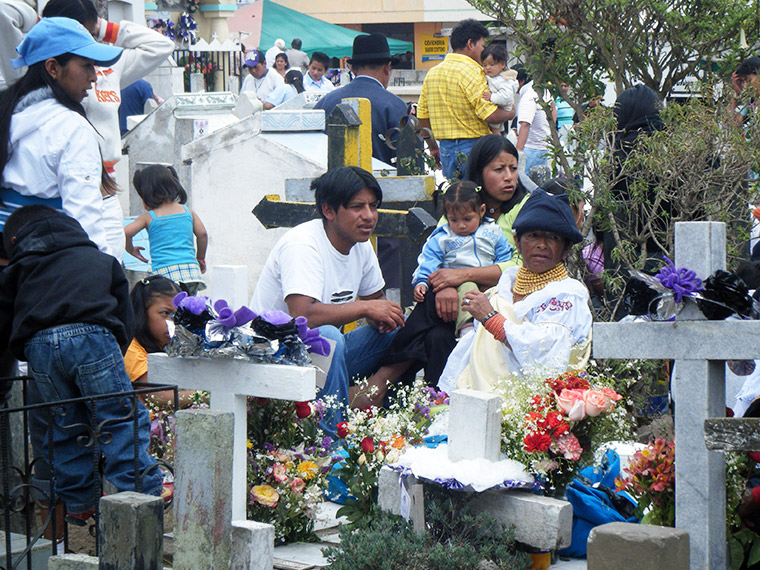ECUADOR
Ecuador is located on the Pacific coast of South America and receives its name from the equatorial line crossing the country from east to west. Bordered by Peru, Colombia and the Pacific Ocean, the country is quite a small in comparison to its neighbors, but it offers very diverse geographical features.
Ecuador is divided into four regions separated mainly by geographical conditions: the Andes, which runs through the country from north to south; the rainforest at the upper Amazon basin to the east; the western coastal lowlands; and the Galapagos Islands.
The Andes Cordilleras consist of two parallel mountain ranges which in turn creates the famous "Avenue of the Volcanoes" in between. Along the ranges, one can see a large number of volcanoes on both sides of the Pan-American highway, one of the main roads that runs through the country from north to south..
Quito, the capital of Ecuador, is located 2850 meters above sea level and right in the middle of the Cordillera. Guayaquil, in turn, is the largest city in the country as well as Ecuador’s financial capital.
Ecuador – Facts:
Government: Presidential Constitutional Republic
Local time:
Continent: MEZ - 6 hours. (MESZ - 7 hours.)
Galapagos: MEZ - 7 hours. (MESZ - 8 hours.)
Area: 283.561 km2, including the Galapagos Islands
Protected areas: 30% of the country
13 National parks
41 Protected Areas (Geo botanical, Ecological, Nature and Game Reserves)
4 Marine Protected Areas
Altitudes:
Lowest point: Pacific Ocean: 0 m,
Highest point: Chimborazo 6268 m
Population: 18 200 000 inhabitants (estimation from 2023)
Ethnic groups: Mestizos 72%, Amerindian 14%, White and others 7%, Afro-Ecuadorian 7%
Official languages: Spanish, Kichwa and Shuar chicham
Main industries: petroleum, bananas, fish and seafood, cut flowers, tourism
Voltage: 110v-60hz. Using the standard American plugs
International telephone area code: +593
Currency: US Dollar
History
The eclectic history of Ecuador can be divided into eight periods. The region was inhabited by several independent peoples and cultures until the 15th century. For about a century, the Incas ruled the area. Between the 1530s and the 1820s, Ecuador was a Spanish colony. Between 1810 and 1830, the country experienced the Revolutionary War and became part of the Great Colombia and then an independent state. From mid-18th century to the 1920s, the country was affected by clashes between "conservative" forces from the Sierra and "liberal" factions from the Costa, with the export boom of cocoa providing a dominant position to the latter.
Between 1925 and 1947, Ecuador was influenced by political chaos, the collapse of the cocoa industry, the Great Depression and the invasion of Peru. From 1947 to the 1960s, the country experienced an economic boom thanks to the cultivation of bananas and initial attempts for industrialization. Since 1973, oil production has been central to the economic and political stability of the country.
Gastronomy
Following its nature and culture diversity, Ecuador provides culinary diversity, where each region, village and even family has its own specialties and flavors.
The country is recognized for its exotic fruits, high quality seafood and numerous kinds of potatoes and corns in the Andes.
People from the coast prefer beans, fish and plantains, whereas in the Andes they eat rice, meat or chicken together with corn and potatoes. In the Amazon Lowlands, the manioc and plantains are the main staple in their diet.
Ecuador’s specialties include all kinds of soups: “Chupe de pescado” fish and vegetable soup; “Locro de papas” a creamy potato soup with cheese ,served with avocado; “sopa de bolas de verde” fried plantain balls drifting in a peanut-based soup; “yaguarlocro” potato soup with intestines and fried blood; and “encebollado” chunks of fish and onions marinated with regional seasonings.
Local main dishes include: “cuy” the roasted guinnea pig; “hornado” or "fritada" roasted or fried pork,served with "llapingachos", potato and cheese pancakes and "tortillas de maiz" corn pancakes; "lomo salteado" beef steak with tomatoes and onions; "seco de chivo" lamb stew served with rice; and "seco de pollo" chickend with avocado slices and rice. While on the coast, don’t miss "ceviche", typically made from fresh raw fish or seafood and cured in citrus juices; and the "encocado", a fish dish cooked in a coconut milk sauce.
You can also find some exotic fruits which are perfect to make delightful juices such as “guanabana”, soursop a sweet white juice; “maracuya” passion fruit; “mora”, blackberry; “naranjilla”, lulo, with lime and rhubarb as a combination to add flavor; papaya and “tomate de árbol” tamarillo, a tree tomato.
Ecuador produces some of the best coffee and cacao in the world, which can be served in restaurants and increasingly-popular coffee shops. A lively scene of “cerveza artesanal” craft beer has sprung in most cities and towns as well.
In the cold nights of the Andes, try a “canelazo”, a hot alcoholic beverage made with cinnamon water, brown sugar and “aguardiente” -sugar cane alcohol. Fruits like naranjillas and moras are often added to the mix.
We could go on with all the culinary specialties, such as in the Amazonian “maito”, fish wrapped in green leaves; “bolones de verde” or “tigrillo”, made with plantains, for breakfast in the coast or …..
Festivities
During national holidays and other ceremonies, it’s possible to recognize a cultural melting-pot of sorts in Ecuador: Christian holidays, are often combined with traditions from the Inca sun-god and “pachamama” (mother earth celebrations). There are also festivities coming from important events during the country`s colonial history, such as the foundation dates or Independence battles in cities and provinces. Festivities are also influenced by the Spanish Conquistadores , bringing traditions from their homeland. African cultures at last, also add their share brought in by the slaves.
Some of the most important dates:
Carnaval Guaranda, Ambato
Easter Quito, Cuenca
August 15 Peregrinage Virgen del Cisne, Loja
November 1-2 All Saints Day and Day of the Dead – whole country
Christmas Pase del Niño, Procession in Cuenca
April 12 Foundation of Cuenca city
June 21 Inti Raymi – Solstice – whole country
July 24 Foundation of Guayaquil city
August 10 Independence Day, whole country
September 1-15 Fiesta del Yamor, Otavalo and villages
September 23-24 Mama Negra, Latacunga
October 9 Independence Day of Guayaquil
December 6 Foundation of Quito
CONTACT

